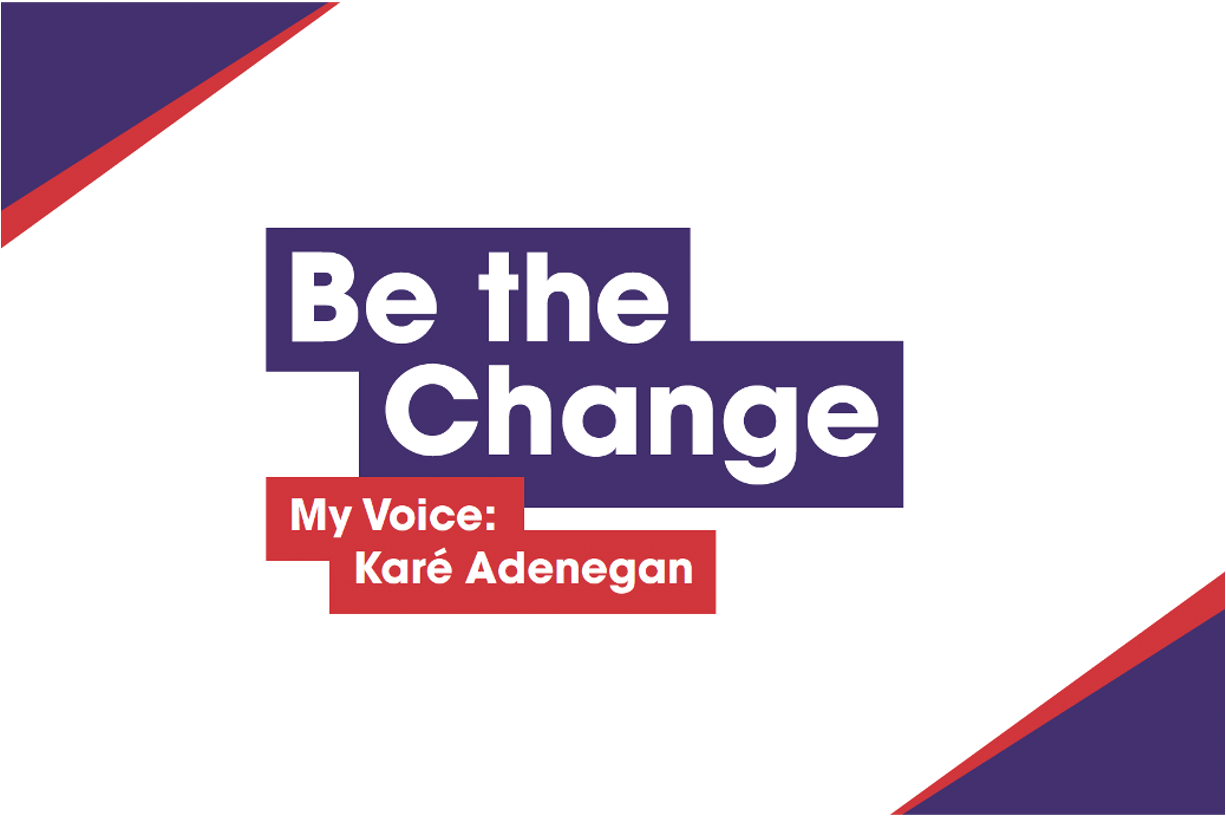KEY INFORMATION
Recommended age group: 11–14
Time required: 20 minutes
About this resource
The social model of disability is a way of viewing the world, developed by disabled people. It states that people are disabled by the barriers within the society around them and not their impairment or difference.
In this form time activities session, students will build on their learning from the first resource, to begin to think about how barriers can be addressed to provide equal access and opportunities for everyone. It can be delivered as a form time session, a PSHE lesson starter, or as a whole school or year group assembly.
This resource also features ParalympicsGB athlete Karé Adenegan explaining how barriers impacted her experience of sport at school. Through the 3 minute film, she describes how she found her voice to speak up against these barriers, and she encourages everyone to understand how they can play their part in doing this in their school and wider community, too.
Additional resources
This resource is the second of two form time activity sessions which introduce students to the social model of disability and the role they can play in creating equality for all.
Explore the Be the Change - Form time activities 1 resource.
Follow these assemblies with the ‘Be the Change’ lesson, which empowers students to take an active role in identifying, assessing and removing barriers in their own school or wider community.
Explore the Be the Change Lesson Presentation resource.
Watch the video
Karé Adenegan took up wheelchair racing as a teenager, after being inspired other athletes with cerebral palsy competing at the London 2012 Paralympic Games. She has gone on to win three silver and two bronze Paralympic medals in wheelchair sprinting events.
Now training to be a teacher alongside her athletic endeavours, Karé reflects on her exclusion from sport at school, how this impacted how she viewed her own ability, and how Paralympic role models helped her to find confidence to succeed.

